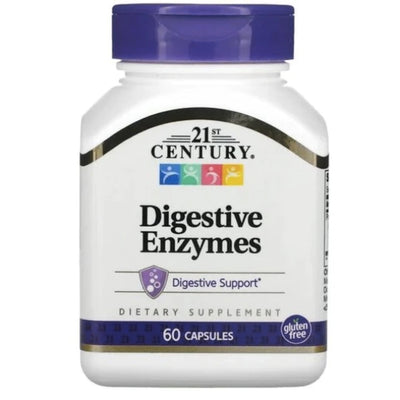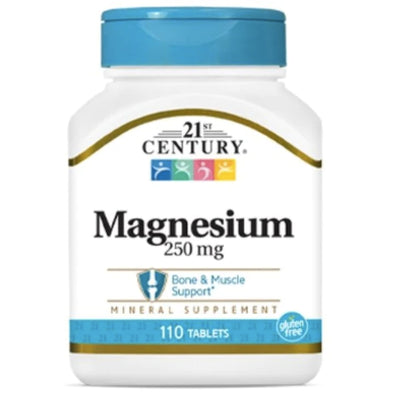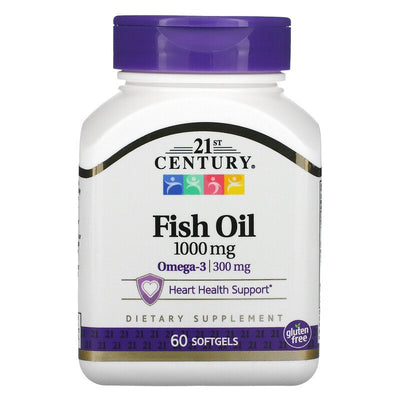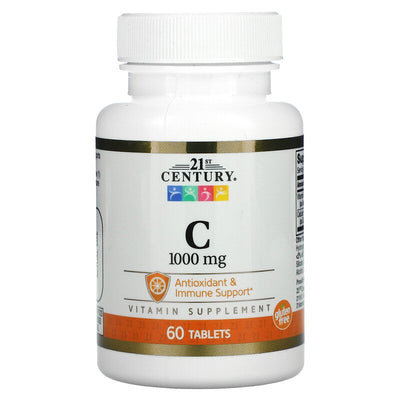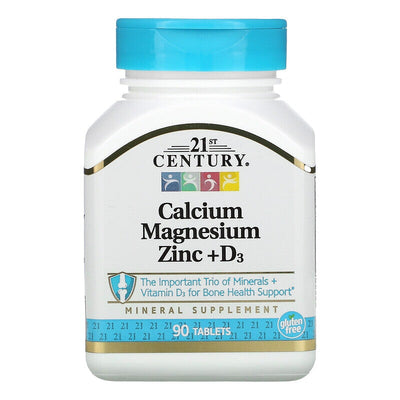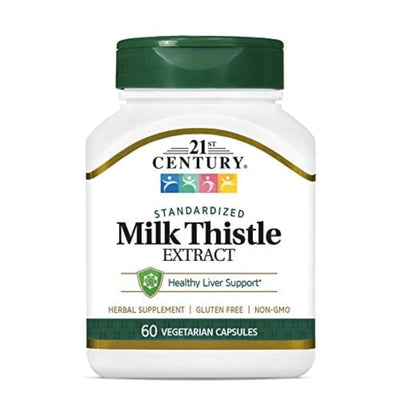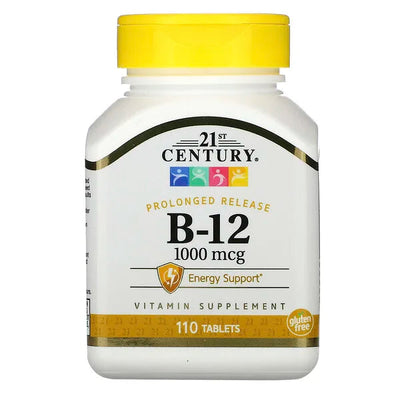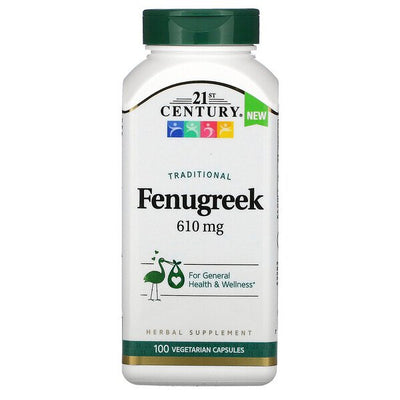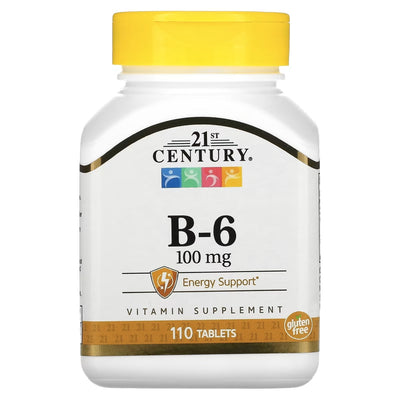
Complete Proteins vs. Incomplete Proteins: What's the Difference?
What are Complete Proteins?
Complete proteins contain all nine essential amino acids that the human body cannot synthesize on its own. These amino acids are crucial for various bodily functions, including muscle repair, hormone production, and immune system support. Because they provide all the essential amino acids, complete proteins are typically seen as providing superior nutritional value.
Sources of Complete Proteins
Most complete proteins come from animal sources due to their comprehensive amino acid profiles. Common examples include:
- Meat: Beef, pork, lamb, and game
- Poultry: Chicken, turkey, and duck
- Fish and Seafood: Salmon, trout, shrimp, and scallops
- Dairy Products: Milk, cheese, and yogurt
- Eggs: Considered one of the best sources of complete protein
Some plant-based foods are also complete proteins, though they are less common. These include:
- Quinoa: A grain crop known for its edible seeds
- Buckwheat: A plant cultivated for its grain-like seeds
- Soy: Products like tofu, tempeh, and edamame
What are Incomplete Proteins?
Incomplete proteins are those that lack one or more of the essential amino acids in sufficient quantities. Most plant-based proteins fall into this category, which means they need to be combined with other protein sources to provide a complete amino acid profile.
Sources of Incomplete Proteins
These typically include:
- Legumes: Beans, lentils, and chickpeas
- Nuts and Seeds: Almonds, peanuts, flaxseeds, and sunflower seeds
- Grains: Rice, wheat, oats, and barley
- Vegetables: Generally low in essential amino acids, but still contribute to overall protein intake
Combining Incomplete Proteins
For those who follow a vegetarian or vegan diet, it's important to eat a variety of protein sources to ensure all essential amino acids are consumed. This practice is known as protein complementation. Examples include:
- Rice and Beans: Together, they provide all essential amino acids.
- Hummus and Pita: Chickpeas and wheat form a complete protein.
- Peanut Butter on Whole Wheat Bread: Combines legumes and grains.
Nutritional Considerations
While complete proteins are often more immediately beneficial due to their full spectrum of essential amino acids, both complete and incomplete proteins have their places in a healthy diet. Vegetarians and vegans can still achieve a complete amino acid intake by planning meals that include complementary proteins.
Conclusion
Understanding the difference between complete and incomplete proteins is crucial for anyone looking to maintain a healthy, balanced diet, especially those with specific dietary restrictions like vegetarians and vegans. By combining different plant-based proteins or choosing complete protein sources, it's possible to meet all your nutritional needs. Whether you’re an omnivore, vegetarian, or vegan, a variety of dietary proteins can contribute to a well-rounded and nutritious diet.







